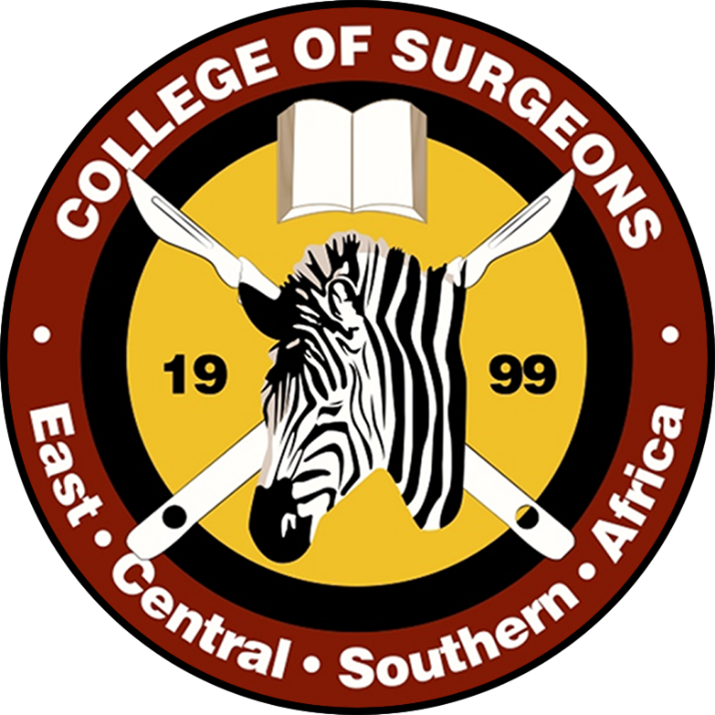Curriculum Review and Development
COSECSA maintains a dynamic, standardized curriculum across its training programmes, regularly reviewed to stay relevant to the region’s surgical needs. Through structured needs assessments, stakeholder consultations, and educational innovations (e.g. flipped classrooms, modular e-learning), we continually refine and harmonize the curriculum across all training centers. This ensures that all trainees receive a consistently high-quality education aligned with COSECSA examination benchmarks and regional disease profiles.
Purpose
This involves regularly revisiting, updating, and improving the surgical training curriculum across COSECSA programmes (Membership, Fellowship, subspecialties) to ensure relevance, standardization, and alignment with best practices, regional needs and current generational trends/requirements.
Key goals include closing content gaps, integrating modern educational approaches (e.g. e-learning, flipped classrooms), embedding assessment strategies, and aligning with global benchmarks.
Background & Rationale
Historically, curricula in the region were non-uniform and depended heavily on textbooks from high-income settings, which often lacked context‑relevant disease coverage (e.g. typhoid perforation, hydatid disease) as well as from a perspective of an LMIC approach
Recognizing these gaps, COSECSA’s Committees prioritized a standardized curriculum across Sub-Saharan Africa and its training sites.
The development of a blended, modular, flipped-classroom surgical curriculum has been piloted in the region to improve consistency, learner engagement, and adaptability.
The COSECSA “Overall Curriculum” page indicates that COSECSA maintains a unified curriculum across its programs
Approach / Process
• Needs assessment (surveys, consultation with trainees and faculty) to identify content gaps and educational challenges
• Mapping of competencies, alignment with exam requirements, and regional disease burden
• Incorporation of online learning modules, flipped classrooms, case-based learning, and mentorship integration
• Pilot implementation, monitoring, and feedback loops leading to iterative revisions
• Standardization across sites, with training of faculty, harmonization of assessments, and audit of compliance
Key Innovations & Challenges
• Use of School for Surgeons (an e-learning platform) used in MCS years and beyond to deliver content, case scenarios, and readings.
• Challenges include variable internet infrastructure, differences in language preparation (some trainees enter with variable English fluency), and uneven local faculty capacity.
• Ongoing adaptation to resource constraints and local disease patterns is essential
Outcomes & Impact
• More consistent training experiences across disparate hospitals
• Better alignment of curriculum, teaching, and assessments
• Improved examination performance, knowledge retention, and trainee satisfaction
• Greater ability to update curriculum responsively (e.g. new techniques, technologies)
Impact & Achievements
Over 400 scholarships (training, exam, exchange, travel, post-fellowship) have been offered across COSECSA programmes from 2020-2025.
Scholarships have supported equitable inclusion (e.g. reserving spots for female surgeons) in some programmes.These investments help reduce attrition, improve representation, and allow talented trainees from resource-limited settings to complete training
